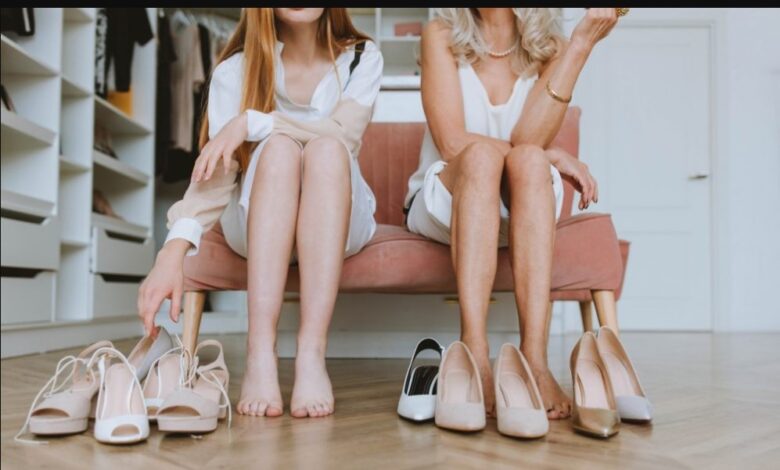The Science Behind the Minimum Footwear

If you have foot pain, the shoes you wear could be the problem. Humans were not meant to cram their feet into too-tight shoes.
Biologists have studied human anatomy for centuries, but more recently, they have looked at how our ultra-cushioned footwear may have a detrimental effect on our feet.
Wearing minimal footwear is effective in curing foot pain and improving our health. After all, our feet were made for walking on the ground, not in comfortable shoes. This blog dives into the science behind letting your feet do the job they were meant to in minimal footwear.
The Science Behind Minimal Footwear
Let’s start at the beginning, shall we?
The Evolution of the Foot
Millions of years ago, human feet were primitive and looked more like hands. Over time, however, they evolved into incredibly complex structures designed for optimal efficiency when walking upright. Our modern-day feet can absorb shock from each step and support our body weight — a remarkable evolutionary advancement!
The Rise of Footwear
Across the ages, humans have fashioned a variety of footgear to safeguard their feet from harm and nurture them through physical activity. From simple pieces of leather or animal hide bound around our soles in ancient times, shoes advanced over time into much more intricate forms designed for specific purposes transporting us safely on any journey we make.
The Evolution of Modern Footwear
Today, many wear heavily cushioned and supportive shoes with thick soles and rigid structures. However, recent research has suggested that these shoes actually do more harm than good. By providing too much support and cushioning, these shoes may be weakening the muscles and ligaments in the feet and contributing to various foot and ankle problems.
Minimal Footwear
Minimal footwear releases the foot to move and flex as nature intended. Thin, lightweight materials provide just enough protection while allowing muscles and ligaments in the feet to strengthen with each step, promoting a smooth, natural gait more proficiently than other shoes.
The Impact of Footwear on Foot Anatomy
Now let’s dive into how our footwear impacts our feet.
Comparison of Minimal and Traditional Footwear
Our choice of shoes can have a significant impact on the health and well-being of our feet. While traditional footwear, with its rigid structure, may be linked to foot issues, minimal shoes aim to promote natural movement while strengthening muscles and ligaments in the feet.
These ‘barely there’ designs feature impressive flexibility thanks to their thin soles and wider toe boxes that give the toes enough room for optimal grip. Ultimately, this type of shoe is thought to help protect against common afflictions like plantar fasciitis or Achilles tendonitis – ultimately aiming towards happier and healthier feet!
The Role of Arch Support and Cushioning
Traditional footwear may look comfortable, but recent research suggests that it could weaken the muscles and ligaments in your feet. The extra cushioning can reduce natural shock-absorbing capabilities, leading to potential foot or ankle issues.
In contrast, shoes designed with a barefoot style prioritize providing minimum support to allow our body to naturally absorb the impact of each step.
Unlike conventional shoes, minimal footwear provides no extra arch support or cushioning. This leaves the foot unrestricted to move and flex as nature intended, allowing it to adapt better in response to its wearer’s movements for a more natural and efficient gait — strengthening muscles along the way!
The Benefits of Minimal Footwear
- Improved Posture: Minimal footwear encourages you to stand and walk with your weight evenly distributed across your feet, reducing the strain on your back and neck.
- Stronger Foot Muscles:By allowing your feet to move and flex naturally, minimal footwear can help strengthen the muscles and ligaments in your feet and ankles.
- Reduced Risk of Injury: By strengthening the muscles and ligaments in your feet, you’re better able to absorb the shock of each step and maintain your balance on uneven surfaces.
- Improved Balance and Stability: A more natural and flexible environment for the feet improves your balance and stability, which is especially great for anyone who engages in physical activities requiring quick movements and direction changes.
Final Thoughts
Minimal footwear offers numerous benefits for foot and ankle health. Though traditional shoes have advantages, it’s essential to be aware of their effect on our feet’s structure, so considering a move towards minimalistic styles could pay off!


